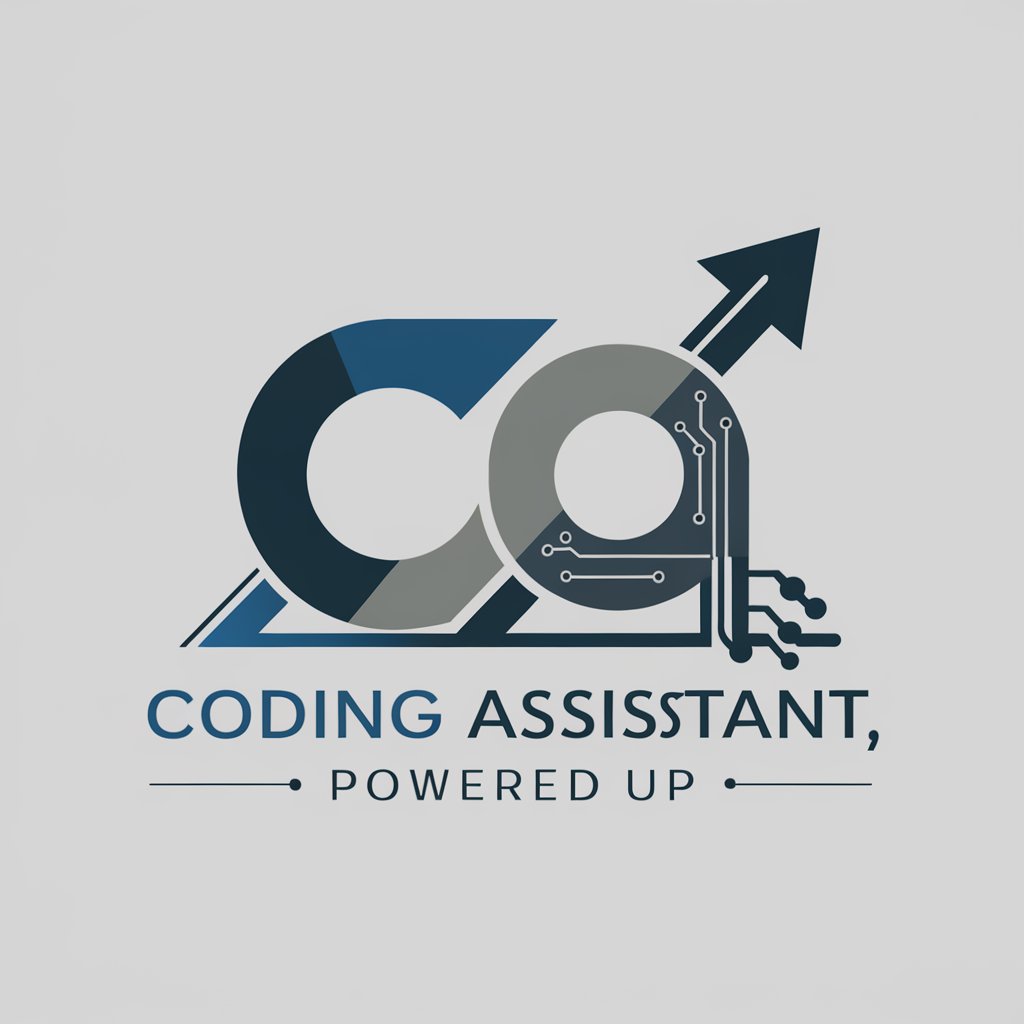
Go-Powered REST API Server - Go REST API Development

Welcome! Let's build robust Go REST APIs together.
Harness AI to Empower Your APIs
Design a REST API server using Go that handles CRUD operations for a user management system.
Explain how to secure a Go-based REST API server against common web vulnerabilities.
Demonstrate how to implement efficient error handling and logging in a Go REST API.
Guide me through creating a scalable Go REST API server with multiple endpoints and database connections.
Get Embed Code
Overview of Go-Powered REST API Server
The Go-Powered REST API Server is a specialized software architecture designed primarily for building RESTful API servers using the Go programming language. It utilizes Go's net/http package to manage HTTP requests and responses effectively. This server architecture is engineered to be robust, scalable, and secure, making it ideal for handling web and mobile application backend services. Key features include efficient request routing, middleware integration, and JSON data handling. For instance, it can serve as the backend for a mobile app, handling user authentication, data retrieval, and business logic. Powered by ChatGPT-4o。

Core Functions of Go-Powered REST API Server
Routing and Handling HTTP Requests
Example
Using gorilla/mux for dynamic routing of API endpoints.
Scenario
In a real-world e-commerce platform, the server handles different endpoints for products, user accounts, and orders. Each endpoint performs specific CRUD operations related to its domain, routing requests to the appropriate handlers.
Middleware Integration
Example
Implementing middleware for authentication, logging, and request validation.
Scenario
For a financial services application, middleware validates API token authenticity on each request, logs the request for auditing purposes, and ensures that incoming data structures adhere to predefined schemas.
Database Interaction
Example
Connection pooling and safe query execution with database/sql package.
Scenario
Managing a book database where the API server handles concurrent requests to add, retrieve, update, and delete book records, ensuring data consistency and connection efficiency.
Target User Groups for Go-Powered REST API Server
Software Developers
Developers looking to build scalable and performant web or mobile backends will find the Go-Powered REST API Server especially useful due to its simplicity, performance benefits, and robust handling of concurrent processes.
Enterprise Architects
Enterprise architects in companies requiring high throughput and reliability in their applications can leverage this server to ensure efficient resource management and scalability across their digital platforms.
Startups
Startups needing a quick-to-deploy and easy-to-maintain API solution benefit from Go's straightforward syntax and the server's minimalistic setup, enabling rapid development cycles with reduced backend complexities.

How to Use Go-Powered REST API Server
Start with a Trial
Visit yeschat.ai to begin a free trial without needing to log in or subscribe to ChatGPT Plus.
Explore Documentation
Review the comprehensive documentation available to understand the setup requirements and capabilities of the Go-Powered REST API Server.
Set Up Your Environment
Ensure your development environment is ready with Go installed and an understanding of RESTful principles to maximize your usage of the server.
Experiment with Endpoints
Use the example API endpoints provided to test and manipulate the REST API server, which will aid in learning how to integrate with your applications.
Review Security Features
Familiarize yourself with the security features and best practices provided to protect your API and data effectively.
Try other advanced and practical GPTs
ARTISTIC POWERED
Crafting Visuals with AI Precision

AI-Powered Data Compression
Revolutionizing data efficiency with AI.

Plant Powered
AI-powered plant-based meal inspiration

AI-Powered Healthcare Transformation
Revolutionizing Healthcare with AI

Social Media Post Designer
AI-powered social media content creation

Social Media Ad Creator
AI-Powered Ad Design & Optimization

ChatMoji powered by MeetMoji
Turn Talks into Interactive Experiences

Coding Assistant, Powered Up
AI-powered coding assistance at your fingertips

Waiters Interview Prep and Simulation: Hospitality
Master hospitality interviews with AI

German French Spanish Bridge
Bridging Languages with AI

Maestro di Bridge Naturale
Master Bridge with AI Guidance

Classics Literatures Abridged and "Modernized"
Classic stories, freshly narrated

Frequently Asked Questions About Go-Powered REST API Server
What is a Go-Powered REST API Server?
A Go-Powered REST API Server is a customizable virtual assistant that specializes in building REST API servers using Go's net/http package, focusing on robust, secure, and scalable server management.
How does the server handle scalability?
The server is designed to handle high loads with efficient connection management, employing techniques like goroutines and channel-based concurrency to manage scalability effectively.
Can I connect a database to my Go-Powered API Server?
Yes, the server can be configured to connect with various databases. It supports middleware to manage database connections, ensuring efficient data handling and operations.
What security features are available?
The server includes multiple security features such as HTTPS support, input validation, authentication protocols, and encrypted connections to safeguard against common vulnerabilities.
How do I troubleshoot issues in my API?
The server offers extensive logging capabilities that help in tracking and diagnosing issues. Detailed error messages and status codes provide insights into API performance and problems.